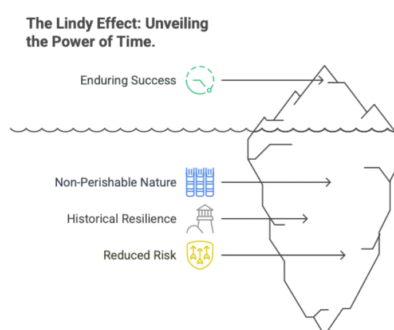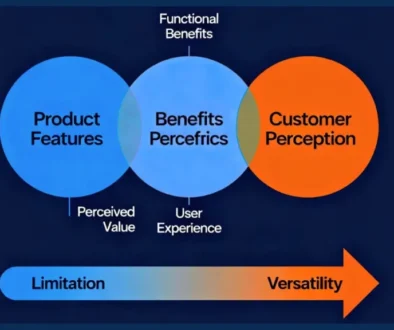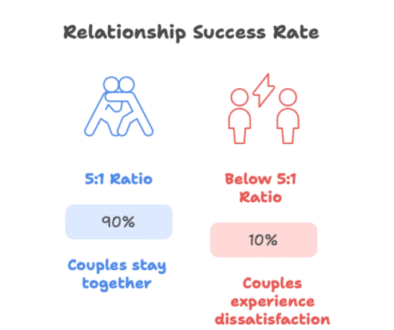Parkinson’s Law: Why Work Expands to Fill Your Time (And How to Fix It)
Have you ever noticed that a task you could finish in an hour somehow takes all day when you have the time? Or that a project due in a month gets done in the last frantic 48 hours? This isn’t just procrastination—it’s Parkinson’s Law, the counterintuitive rule that work expands to fill the time available for its completion.
In this blog, we’ll break down:
✔ What Parkinson’s Law is (and who discovered it)
✔ Why deadlines actually make you more productive
✔ How to use time constraints to your advantage
✔ Real-world examples and actionable strategies
Let’s turn this productivity killer into your secret weapon.
What Is Parkinson’s Law?
In 1955, British historian Cyril Northcote Parkinson published a humorous essay in The Economist based on a startling observation:
“Work expands so as to fill the time available for its completion.”
The Bureaucracy That Proved the Rule
Parkinson noticed that as the British Empire declined, the Colonial Office staff actually grew by 6% per year—even though there was less work to do. Why? Because without real constraints, people:
-
Create unnecessary tasks
-
Overcomplicate simple work
-
Spend hours on what should take minutes
This isn’t just about lazy employees—it’s how our brains are wired.
Why Your Brain Needs Deadlines (Even Fake Ones)
1. The Procrastination Paradox
-
Give yourself 2 weeks for a task → You’ll use all 2 weeks
-
Give yourself 2 days for the same task → You’ll (usually) finish it
2. The Focus Effect
-
Tight deadlines force you to:
-
Prioritize what actually matters
-
Cut perfectionism
-
Avoid “bike-shedding” (wasting time on trivial details)
-
3. The 80/20 Time Hack
-
Most results come from 20% of effort
-
Parkinson’s Law helps you find that 20% by eliminating fluff
5 Ways to Hack Parkinson’s Law for Productivity
1. Set Artificial Deadlines
-
If a project is due in 2 weeks, tell yourself it’s due in 5 days
-
Use the “1-2-3 Rule”:
-
Estimate how long a task should take
-
Cut that time in half
-
Set a timer and race the clock
-
2. Try Timeboxing
-
Assign fixed blocks for tasks:
-
Email: 30 minutes/day
-
Writing: 90 minutes/session
-
Meetings: Max 25 minutes (Google’s “speedy meetings” hack)
-
3. Use the “Two-Minute Rule”
-
If something takes <2 minutes, do it NOW
-
Prevents small tasks from ballooning into hour-long chores
4. Implement “No-Meeting” Days
-
Companies like Shopify ban meetings on Wednesdays
-
Employees report getting 80% more deep work done
5. Track Time Relentlessly
-
Tools like Toggl or Clockify show how long tasks REALLY take
-
Reveals where you’re wasting time vs. creating value
Real-World Examples of Parkinson’s Law
✅ Student Syndrome – 90% of coursework gets done in the 10% of time right before deadlines
✅ Corporate Bloat – Teams with 3 people often accomplish as much as teams with 10
✅ Home Chores – Cleaning the house for guests takes 1 hour; cleaning for yourself takes 3 days
The Dark Side: When Parkinson’s Law Backfires
While constraints boost productivity, beware:
⚠ Burnout Risk – Too-aggressive deadlines cause stress
⚠ Quality Tradeoffs – Some tasks (like surgery or coding) need breathing room
⚠ Creativity Needs Space – Not all work should be rushed
Solution: Apply Parkinson’s Law to shallow work, but protect time for deep thinking.
Final Thoughts
Parkinson’s Law isn’t just an observation—it’s a lever. By tightening time constraints, you:
✔ Get more done in less time
✔ Reduce decision fatigue
✔ Free up hours for what truly matters
Try this today: Pick one task and give yourself HALF your usual time. You’ll be shocked at what you can accomplish.
Have you experienced Parkinson’s Law in action? Share your stories in the comments!



